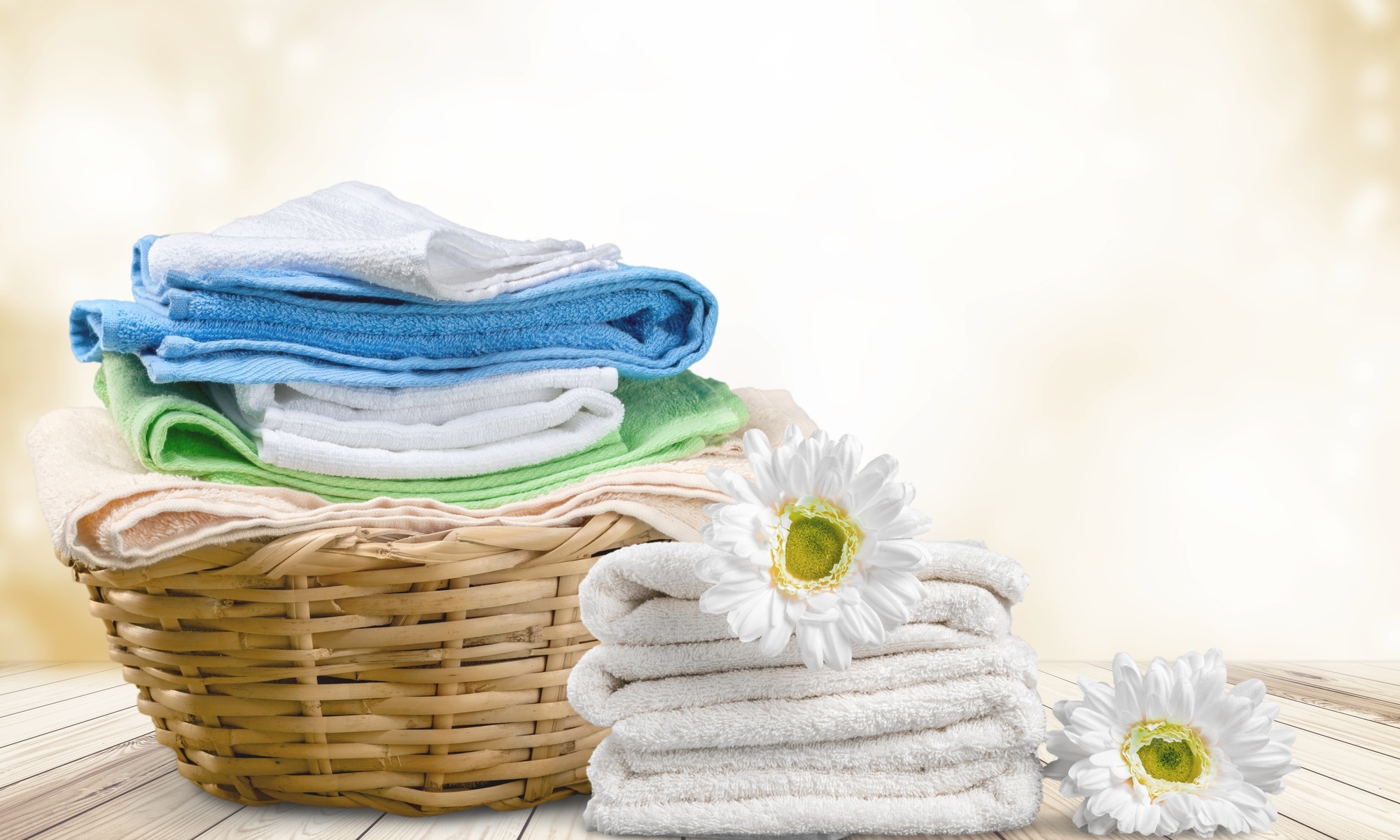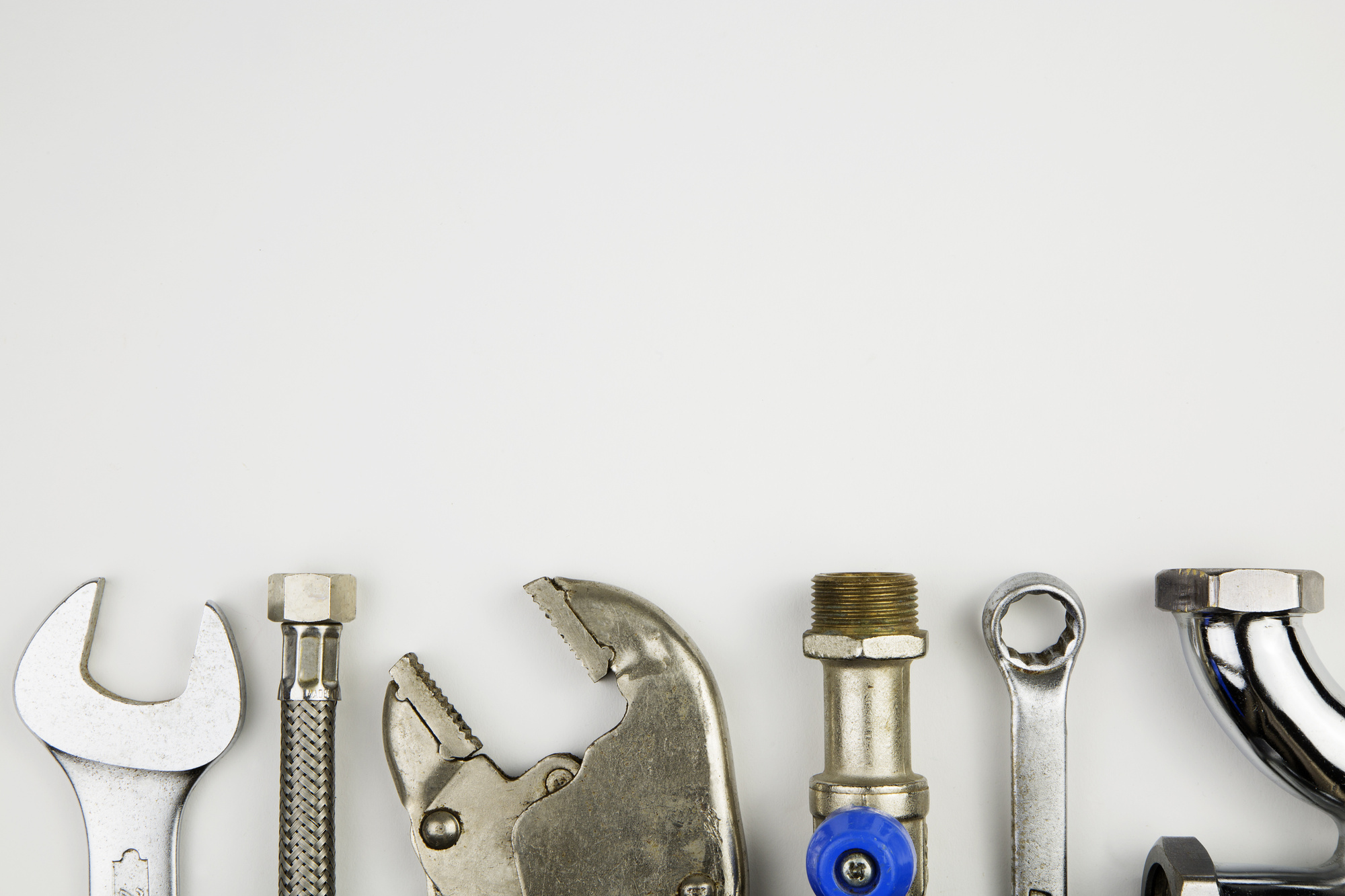In some geographic areas of the country, water filters through different minerals before it gets into our water systems. When it filters through minerals such as chalk or limestone, the water becomes infused with these minerals. And when this water moves through our pipes, out our faucets, and in our toilets, this hard water can cause our pipes problems.
The best way to get rid of the stains these minerals leave is with a calcium remover. These removers, which can range from high-end chemical mixes to store-bought vinegar, give you the best chance to prolong the life of your pipes, drains, and faucets. Read on to learn five places you’ll need to use a calcium remover!
1. Sinks and Faucets
Over time, hard water will deposit layer upon layer of mineral deposits in your kitchen sink and around your faucet. This mineral buildup can be very difficult to scrub away, oftentimes never going away. That is why you need a cleaner developed for getting rid of calcium or lime deposits, something you can shop here for, and a little elbow grease.
This applies to both the faucet and the bathroom sink since the hard water will leave deposits there as well. Especially around the drain, where water will accumulate. Keeping a regular cleaning schedule with the right cleaner will help keep these deposits to a minimum.
2. Appliances
Anything that uses water in an affected area will be at risk for lime and calcium deposits to shorten their lifespans. Appliances like coffee makers, ice makers, washing machines, and dishwashers need to have their valves and seals cleaned regularly to avoid problems from arising. Using other systems such as a water softener can also help reduce this effect.
3. Shower and Bath
Your shower and bath are especially susceptible to mineral deposits. Your showerhead can easily clog its small holes with mineral deposits, and taking a bath can cause scale to form a ring around the bathtub. The shower curtain or shower door can become scaled or even permanently etched due to the mineral deposits.
4. Toilet
With hard water, the still water in a toilet bowl can easily lead to stains around the bowl at the waterline. If made of metal, all the fixtures inside the tank are also in danger of corrosion and buildup. The buildup in a toilet can also lead to a slowdown in the flushing process which can, in turn, lead to more clogs and other damage!
5. Drains and Pipes
Drains and pipes are the hardest places to protect and clean, and can easily get clogged shut from calcium deposits left by the hard water. Copper or PVC pipes are far less susceptible, but steel pipes are at high risk. Your home’s water pressure will diminish as the water flow slows and the deposits grow within the pipes.
Calcium Remover Saves Your Home
Buying a calcium remover is a great way to make sure you can keep your faucets, sinks, bath, and shower as clean as you possibly can. De-clogging these fixtures can extend their lives even improve the aesthetics of your home. Keep an eye on your pipes, and contact your local plumber if you notice a significant water slowdown!
Enjoy this article? Then don’t forget to check out our blog for more informative articles!











